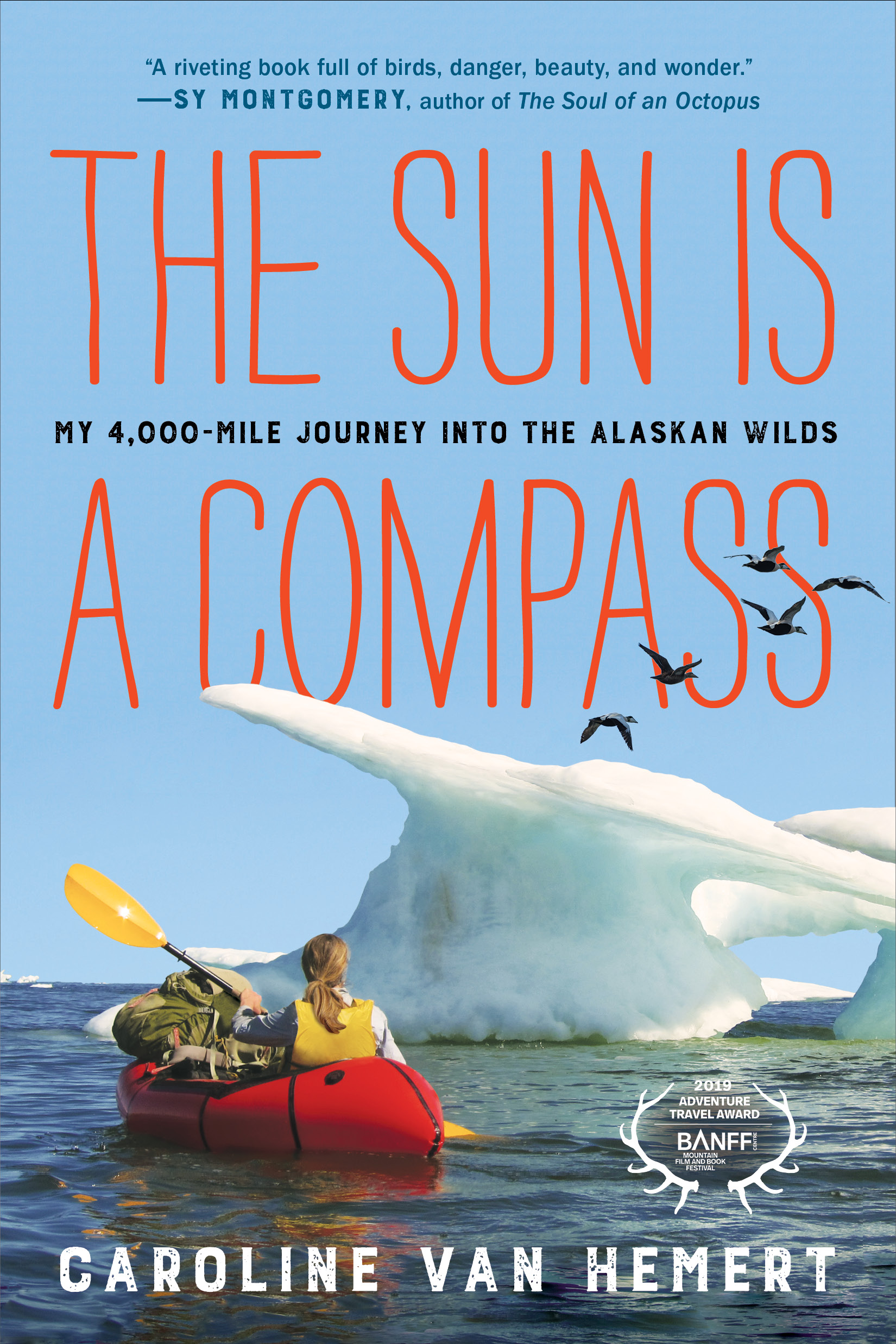

They had very little whitewater experience and virtually no experience rowing. They didn’t have a support team or any sponsors. They were not elite adventurers with expert skills.

They were not in a competition, Van Hemert tells us, trying to pioneer a new route or set a record. "The Sun Is a Compass: A 4,000-mile Journey into the Alaskan Wilds," Who in her right mind would choose the kind of extreme adventuring that Anchorage resident Caroline Van Hemert and her husband Patrick Farrell endured? That thought is swept away by gratefulness that they did, and that we get to share in their life-embracing journey from the comfort of our armchairs. There are moments in this beautiful and utterly engrossing book when the author questions the whole enterprise: What were we thinking? Readers might wonder the same thing. It is a journey through the heart, the mind, and some of the wildest places left in North America.The Sun Is a Compass: A 4,000-mile Journey into the Alaskan Wildsīy Caroline Van Hemert. A unique blend of science, adventure, and personal narrative, the book explores the bounds of the physical body and the tenuousness of life in the company of creatures whose daily survival is nothing short of miraculous. Together, they survived harrowing dangers while also experiencing incredible moments of joy and grace - migrating birds silhouetted against the moon, the steamy breath of caribou, and the bond that comes from sharing such experiences. Traveling by rowboat, ski, foot, raft, and canoe, they explored northern landscapes so remote there were no maps or guidebooks to mark them. In March of 2012 she and her husband set off on a 4,000-mile wilderness journey from the Pacific rainforest to the Alaskan Arctic. Worried that she was losing her passion for the scientific research she once loved, she was compelled to experience wildness again, to be guided by the sounds of birds and to follow the trails of animals.


During graduate school, as she conducted experiments on the peculiarly misshapen beaks of chickadees, ornithologist Caroline Van Hemert began to feel stifled in the isolated, sterile environment of the lab.


 0 kommentar(er)
0 kommentar(er)
